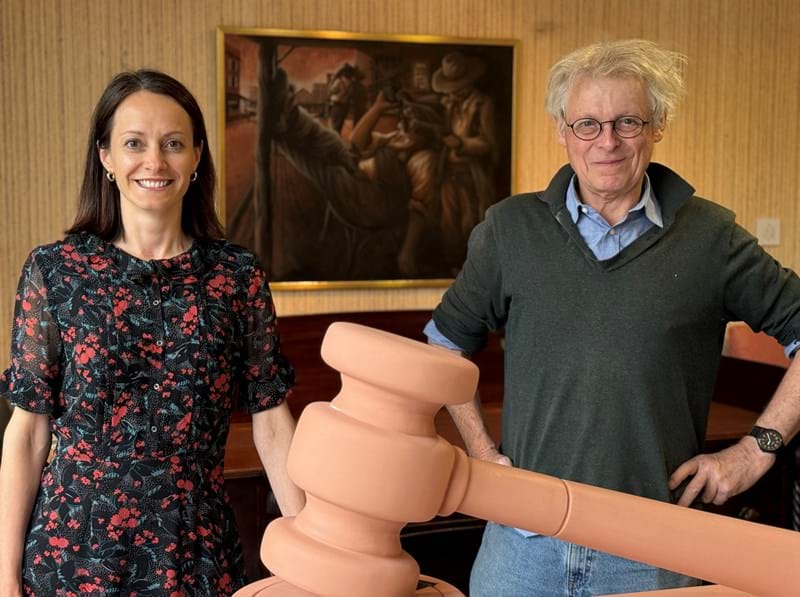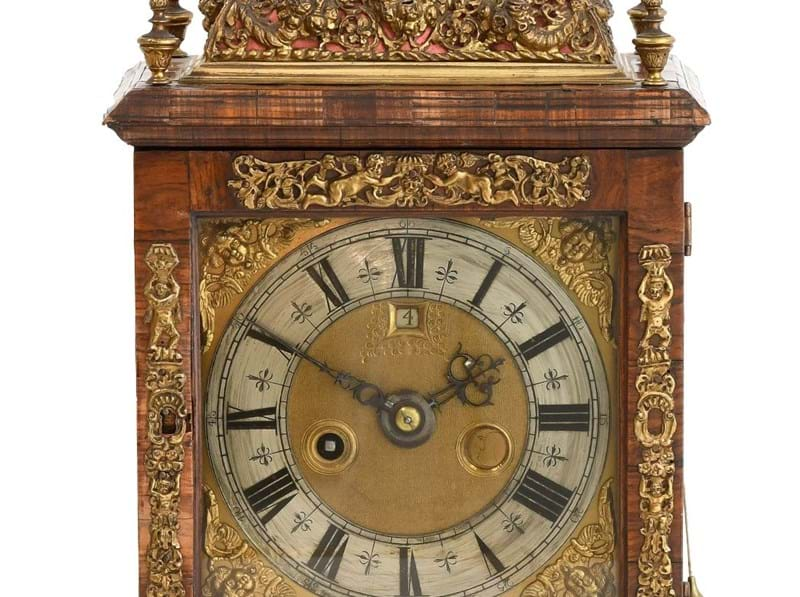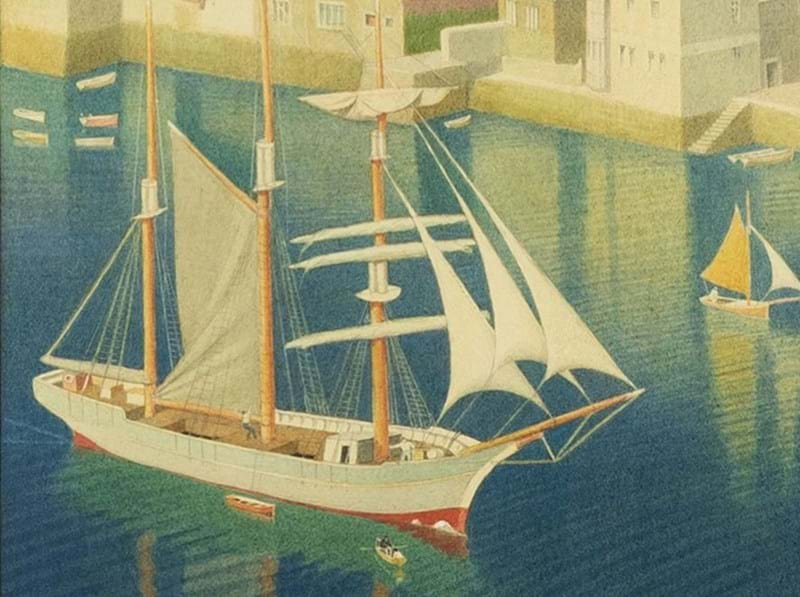India Gardiner came to Tennants on a work experience placement in the Textiles Department and researched an early 18th century stomacher, which is part of a collection of Early Textiles that will be sold in the Costume, Accessories and Textiles Sale on 21st November.
On my first day at Tennants I was shown into a small office surrounded by treasures, I could not believe it. I was presented with an 18th century stomacher of incredible detail and tasked with finding out as much as I could about this feat of needlework which lay before me.
I researched 18th century stomachers online and in several textile books, this is what I found…
A stomacher is typically a V or U shaped panel used to cover the undergarments which would otherwise be visible through the opening of the bodice of the dress. Most bodices did not lace up at the front so they could be made larger or smaller as required. Stomachers were around from roughly the 1570’s - 1780’s. [2] The earlier styles did not generally match the rest of the outfit but as time went on it was more common for them to match or contrast the gown more directly. Some stomachers would have a pocket within the lining at the top. This would then be filled with herbs to give the wearer a pleasant scent. [6]
Eschelle or échelle is a style of stomacher that was identifiable by a series of bows down the front of the stomacher often in decreasing size [3]. It gained popularity after it was introduced by Madame de Pompadour, the mistress of King Louis VX of France, and a notable fashion icon.
The stomacher I have researched is from around 1720, the early 18th century. It is made from silk, backed with linen and backed once more with a red and white floral patterned fabric on the flared tabs and boned with whale bone. It has been hand embroidered with silk thread to create a pattern of polychrome flowers which was typical of the period. During the early 18th century heavy decoration of stomachers became increasingly popular with specific elements such as polychrome flowers, faux lacing and bows being the most notable embellishments [1+2]. The 18th century stomachers are shorter than those worn in the previous century. By 1770 bodices started to close at the front so stomachers were used less and less before eventually falling out of use altogether.[6]
Stomachers could be laced onto the bodice or have hook and eye attachments sewn on.[6] The tabs on the side of the stomacher would be used pin, stitch or lace it onto the bodice of the gown. It is clear that on this stomacher the tabs have been replaced at least once and are not original. [5]
The exquisite style and quality of the hand embroidery on this piece is beautiful. It incorporates several basic stitches such as French knots, couching, satin and stem stitches. Using coloured silk and silver thread (which back then was produced by drawing out silver wire very finely, flattening it and then wrapping it around a silk core[4]) they have achieved an ombre effect for the petals of the flowers which was a very popular embroidery style during this period. The embroidery is still in great condition with the age only being shown by the silver thread that has worn in some areas exposing the silk core of the thread or lost its shine.
I feel that the quality and detail of the embroidery, especially on the flared tabs is particularly exquisite given the space and size of these elements. Other than the ageing of the silver thread, the main sign of wear is the discoloured silk on the stomacher especially in areas where it is going threadbare.
Overall this stomacher is a outstanding example of the time and dedication that went in to making these items of clothing which has been preserved well allowing it to act as a little piece of history showing others the beauty and history of fashion.
References
- https://thepragmaticcostumer.wordpress.com/tag/stomacher/
- http://www.fashionencyclopedia.com/fashion_costume_culture/European-Culture-17th-Century/Stomacher.html
- Fashion, Costume, and Culture: Clothing, Headwear, Body Decorations, and Footwear Through the Ages (2013)
- https://regencyredingote.wordpress.com/2018/12/07/goldwork-embroidery-through-the-regency/#:~:text=At%20about%20this%20same%20time,wire%20in%20the%20same%20way.
- https://www.trc-leiden.nl/trc-needles/individual-textiles-and-textile-types/daily-and-general-garments-and-textiles/stomacher
- Costume in Detail 1730-1930, Nancy Bradfield
View Sale Details















